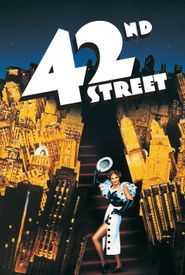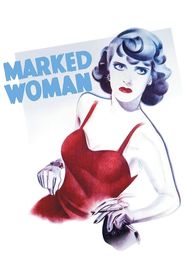Lloyd Bacon was a prolific director in Warner Brothers' stable of directors during the 1930s. Although he didn't have a career as illustrious as some of his contemporaries, he consistently delivered successful films that enriched the studio's coffers. Bacon's career was marked by his ability to bring in entertaining films on time and within budget, earning him respect from the Warner Brothers executives.
Born on January 16, 1890, in San Jose, California, Bacon came from a theatrical family. His parents, Frank Bacon and his wife, were both actors and playwrights, and they enrolled their children in the family business. Lloyd Bacon initially pursued a career in law, but he eventually opted for acting after appearing in a student production of "The Passion Play".
Bacon's early career was marked by stints in vaudeville and silent Hollywood, where he worked as a stunt man and actor. During World War I, he enlisted in the Navy and served in the Photo Department, which sparked a lifelong admiration for the service. After the war, Bacon joined Triangle Studios as a comedy actor and eventually began directing films.
Bacon's breakthrough came when he joined Warner Brothers in 1925, where he worked under contract for 18 years. He directed a string of successful films, including "The Singing Fool" (1928),which grossed $4,000,000 domestically, and "Moby Dick" (1930). Bacon's ability to bring in films on time and within budget earned him a reputation as a reliable director, and he was soon handed control over important projects.
The 1930s saw Bacon directing many of James Cagney's films, including "Picture Snatcher" (1933) and "The Irish in Us" (1935). He also directed Cagney's return effort after his departure from Warner Brothers, the film "Boy Meets Girl" (1938). Bacon's reputation as a director was marked by his attention to detail and his ability to bring out the best in his actors.
Bacon continued to work in the film industry until his death from a cerebral hemorrhage at the age of 65.














































































































